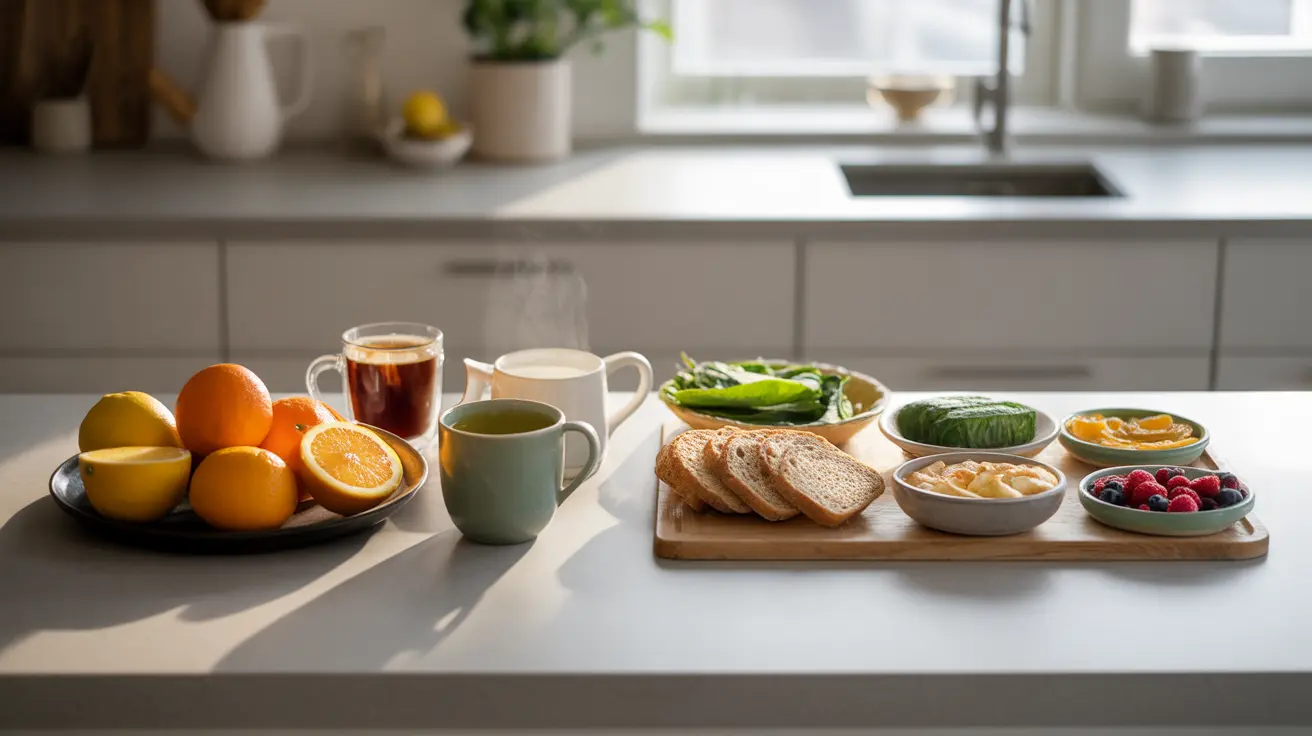Managing overactive bladder (OAB) symptoms often starts with understanding how your diet affects bladder function. Certain diuretic foods and drinks can significantly impact urinary frequency and urgency, making it crucial to identify and modify dietary triggers. This guide will help you understand which foods to limit or avoid for better bladder control.
Understanding Diuretic Foods and Their Impact
Diuretic foods and beverages increase urine production and can stimulate bladder activity, potentially worsening OAB symptoms. Being aware of these dietary elements allows you to make informed choices about your food and drink consumption.
Common Diuretic Foods and Beverages to Monitor
Caffeine-Containing Items
Caffeine is both a diuretic and bladder irritant that can significantly impact OAB symptoms. Common sources include:
- Coffee (including decaf)
- Tea (black, green, and white varieties)
- Energy drinks
- Chocolate
- Caffeinated sodas
Acidic Foods
Acidic foods can irritate the bladder and increase urinary urgency. Key items to watch include:
- Citrus fruits (oranges, lemons, limes, grapefruits)
- Tomatoes and tomato-based products
- Pineapple
- Vinegar-based dressings
High-Sugar Foods and Artificial Sweeteners
Sugar and artificial sweeteners can contribute to bladder irritation and increased urination. Consider limiting:
- Carbonated beverages
- Sweetened juices
- Honey and syrup
- Diet foods with artificial sweeteners
Creating a Bladder-Friendly Diet
Recommended Alternatives
Instead of problematic foods, consider these bladder-friendly options:
- Non-citrus fruits (pears, apples, bananas)
- Vegetables (carrots, celery, squash)
- Whole grains
- Lean proteins
- Water (in moderation throughout the day)
Tracking Your Diet
Maintaining a food diary can help identify personal trigger foods. Record:
- What you eat and drink
- Times of consumption
- Symptom occurrence and severity
- Any patterns you notice
Frequently Asked Questions
What are the common diuretic foods and drinks that should be avoided to manage overactive bladder symptoms?
The most common diuretic foods and drinks to avoid include caffeine-containing beverages, alcohol, carbonated drinks, citrus fruits, tomato-based products, and artificial sweeteners. These items can increase urine production and irritate the bladder.
How do caffeine-containing beverages like coffee and tea affect overactive bladder and should they be completely avoided?
Caffeine stimulates bladder activity and increases urine production. While complete elimination isn't always necessary, reducing intake can significantly improve symptoms. Consider limiting consumption to morning hours or switching to herbal alternatives.
Can acidic foods such as citrus fruits and tomato products worsen urinary urgency and frequency in overactive bladder?
Yes, acidic foods can irritate the bladder lining and increase urinary urgency and frequency. Consider replacing these with less acidic alternatives like pears, apples, or bananas, and monitor your individual response to different foods.
How can tracking food intake help identify personal dietary triggers for overactive bladder symptoms?
Food tracking helps establish clear connections between specific foods and symptom flare-ups. Keep a detailed diary of foods consumed and symptom occurrence for at least two weeks to identify patterns and personal triggers.
What are some bladder-friendly alternative foods and drinks to help reduce overactive bladder irritation?
Bladder-friendly alternatives include non-citrus fruits, vegetables like carrots and squash, whole grains, lean proteins, and herbal teas. Plain water, consumed in moderate amounts throughout the day, is the best beverage choice for most people with OAB.




